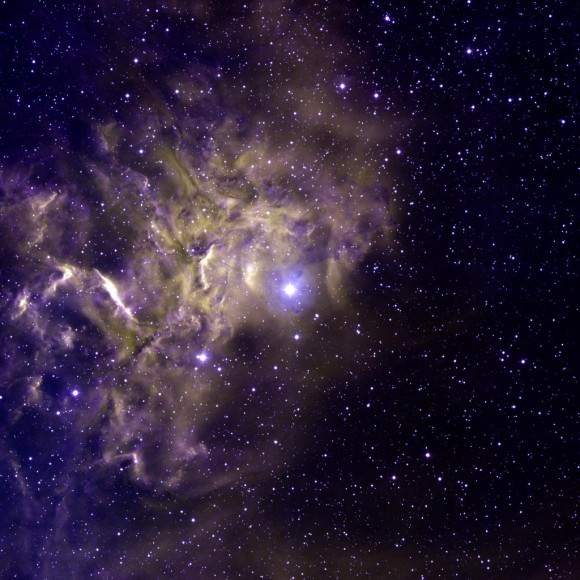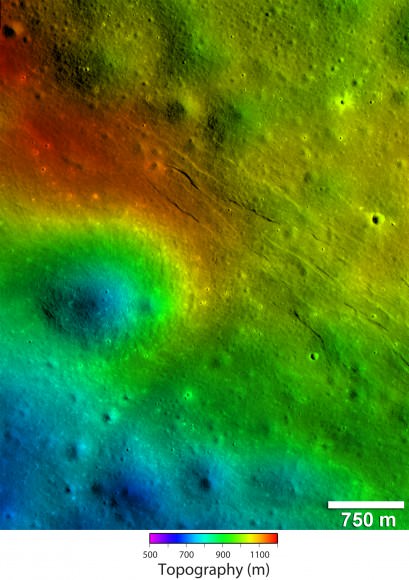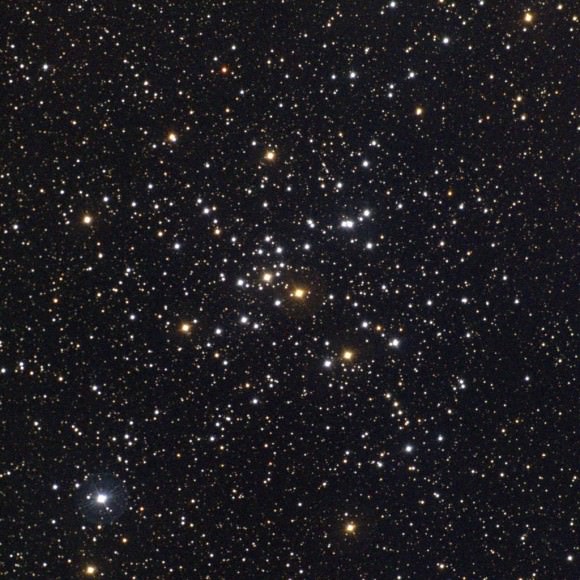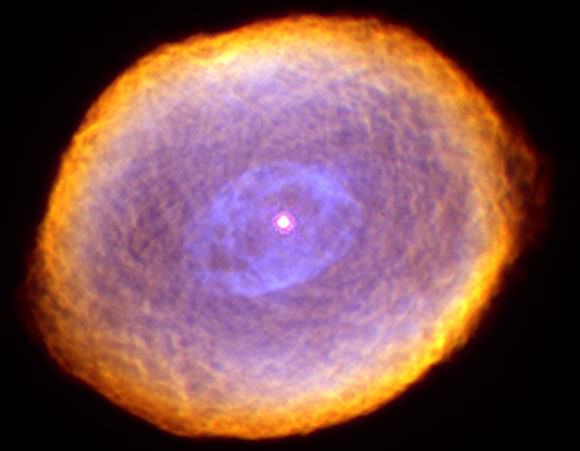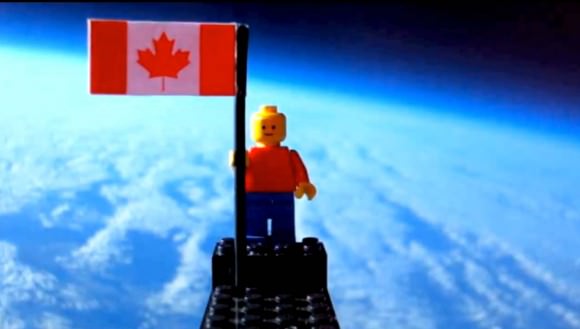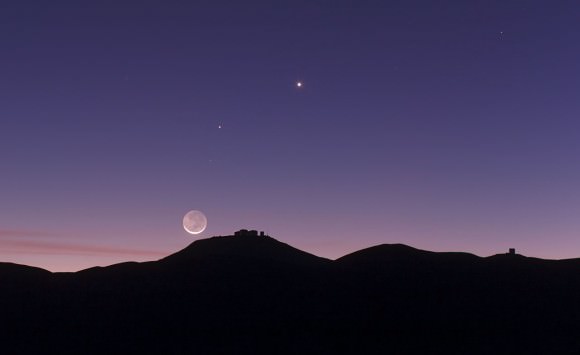
This view shows the thin crescent Moon setting over ESO’s Paranal Observatory in Chile. Credit: ESO/B. Tafreshi/TWAN
Earthshine – a poetic, fanciful word for the soft, faint glow on the Moon when the light from the Sun is reflected from the Earth's surface, onto the dark part of the Moon. And as unlikely as it might seem, astronomers have used Earthshine to verify there’s life in the Universe: Us. While we already know about life on our own world, this technique validates that faint light from distant worlds could also be used to find potential alien life.
“We used a trick called earthshine observation to look at the Earth as if it were an exoplanet,” said Michael Sterzik from the European Southern Observatory. “The Sun shines on the Earth and this light is reflected back to the surface of the Moon. The lunar surface acts as a giant mirror and reflects the Earth’s light back to us — and this is what we have observed with the VLT (Very Large Telescope).”

